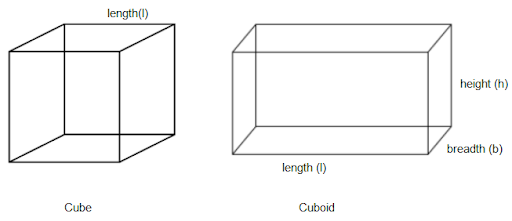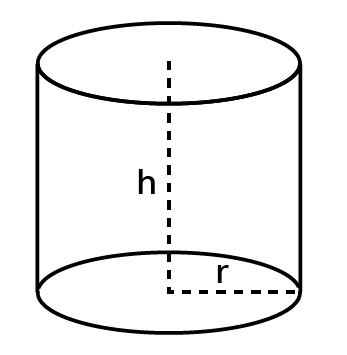Revision Notes for CBSE Class 8 Maths Chapter 9 - Free PDF Download
FAQs on Mensuration Class 8 Notes CBSE Maths Chapter 9 (Free PDF Download)
1. What is the definition of Mensuration according to Class 8?
Ans: Measuring the area and perimeter of different shapes is known as mensuration. The shapes include triangle, trapezium, rectangle, square, etc. You can find their area by using the required formula. The notes are free of cost. The solutions are available on the Vedantu Mobile app as well. Some example questions are as follows:
1. Find the area of a square whose side is 30 m.
Answer: Formula of the area of square= (Side)^2
Sise as given in question = 30 m.
Thus, the area of the square is = (30)2 = 900 m^2.
2. Find the perimeter of a triangle with two equal sides of 5 cm and one side of 10 cm.
Answer: The formula of the triangle is :
Triangle of given parameter= sum all the three sides of the triangle
= (5 + 5 + 10)cm.
= 20 cm.
2. A flooring tile has the shape of a parallelogram whose base is 24 cm and the corresponding height is 10 cm. How many such tiles are required to cover a floor of area 1080 m2? (If required you can split the tiles in whatever way you want to fill up the corners)
Ans:
The base of the floor title is given as = 24 cm = 0.24 m
Height of the corresponding floor title= 10 cm = 0.10 m
Area of the floor title is= Base×Altitude
= 0.24×0.10
= 0.024
Thus the area of the flooring title is =0.024m2
Number of tiles that will be required for covering the floor= Area of floor/Area of one tile = 1080/0.024
= 45000 tiles
3. Find the area of a rhombus whose side is 5 cm and whose altitude is 4.8 cm. If one of the diagonals is 8 cm long, find the length of the other diagonal.
Ans: The formula of rhombus and parallelogram are similar,
The formula we get of a rhombus is = Base×Altitude
Placing the values, we get,
Area of rhombus = 6×4 = 24
The area of a rhombus is 24 cm2
The formula of rhombus = (½)×d1d2
Through the substitution formula, we get
24 = (½)×8×d2
d2 = 6
So the diagonal length is 6 cm
4. The floor of a building consists of 3000 rhombus-shaped tiles and each of its diagonals is 45 cm and 30 cm in length. Find the total cost of polishing the floor, if the cost per m^2 is Rs. 4.
Ans:
Given length of the diagonal is, d1 = 45 cm and d2= 30 cm
We get the Area of one tile after putting the value = (½)d1d2
= (½)×45×30 = 675
Hence it isis 675 cm2
Area of 3000 tiles is
= 675×3000 = 2025000 cm2
= 2025000/10000
= 202.50 m2
cost for polishing the floor per sq. meter = 4
Cost we get per 202.50 sq. meter = 4×202.50 = 810
Total cost is= 810
5.What all things students will learn from Chapter 9 of Class 8 Maths?
Ans: The surface area and volume of these figures are thoroughly studied by the children. This chapter is vital not just for students in class 8, but also for students in higher grades. As a result, children must establish a solid foundation in this subject.
Chapter 9 of the NCERT answers for Class 8 maths is knowledge-packed. Aside from that, pupils are taught how to use visualization to their advantage. If students are asked to find the surface area of a cube, for example, they must mentally visualize the shape and comprehend its components to answer problems based on it.
























